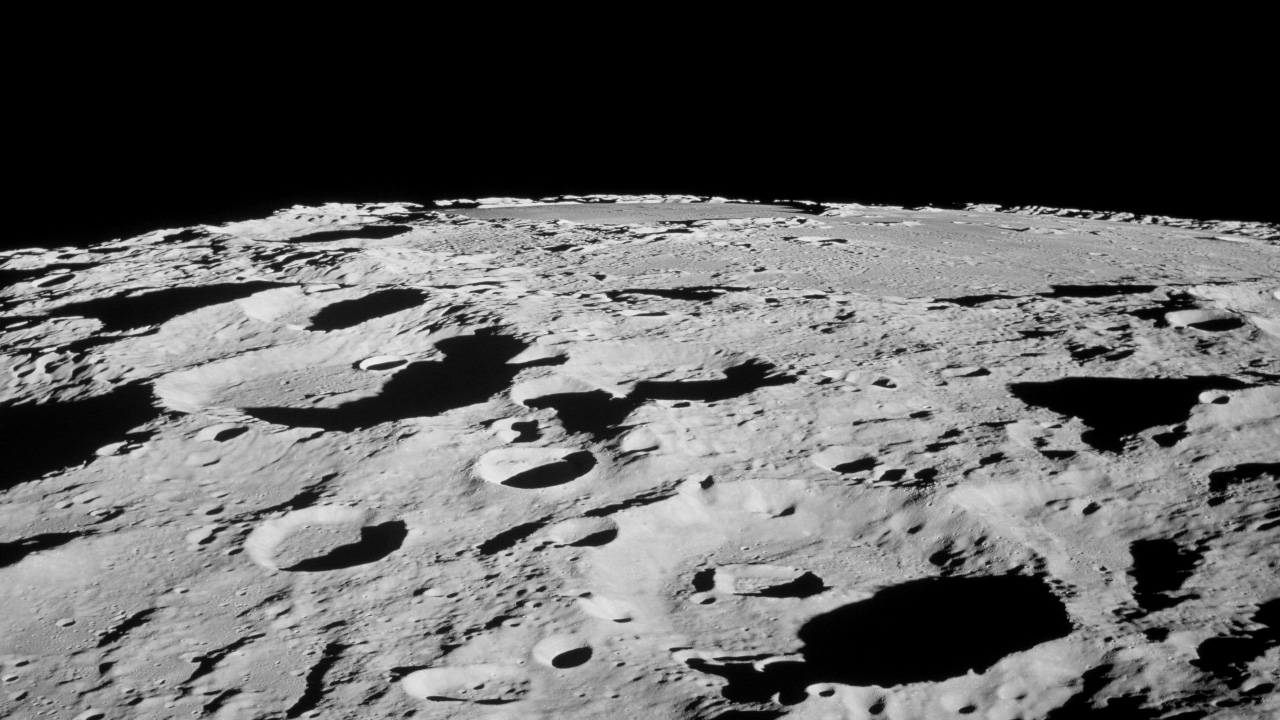NASA Successfully Extracts Oxygen from Simulated Moon Dust
Key Highlights :

NASA's Johnson Space Center (JSC) has achieved a major step forward in its plans to establish a long-term lunar outpost as part of the Artemis program, with the successful extraction of oxygen from simulated moon dust. In a recent test, the JSC team was able to melt down the moon dust in a special high-temperature reactor and detect carbon monoxide being released from it, from which oxygen can then be separated.
This technology has the potential to produce several times its own weight in oxygen per year on the lunar surface, which will enable a sustained human presence and lunar economy. The test was conducted by NASA's Carbothermal Reduction Demonstration (CaRD) team, using JSC's Dirty Thermal Vacuum Chamber to simulate lunar conditions. Within the 15-foot-wide (4.6-meter) spherical vacuum chamber, a high-powered laser was used to simulate concentrated sunlight to melt the simulated regolith, or powdery moon dust, in a process known as carbothermal reduction.
Using the Mass Spectrometer Observing Lunar Operations (MSolo) during the melting process, the CaRD team was able to detect carbon monoxide emitted from the laser-blasted regolith. With the successful extraction of oxygen from the simulated moon dust, the technology is now certified at a level six on NASA's technical readiness standards scale, which means the technology is ready for an actual in space and is on track for use during NASA's Artemis missions.
The successful extraction of oxygen from lunar regolith has many applications, including the production of breathable oxygen and even rocket fuel. This capability to produce oxygen directly on the moon is crucial to support the space agency's plans for a long-term lunar outpost as part of the Artemis program. With the successful test, NASA is one step closer to achieving its goal of establishing a sustained human presence on the moon.
The successful test also marks an important milestone in the space agency's plans to use in-situ resource utilization (ISRU) to sustain missions indefinitely on the moon's surface. With the capability to produce oxygen directly on the moon, astronauts can now look forward to a long-term human presence on the lunar surface. This will also enable them to explore the moon and its many mysteries in greater depth.
